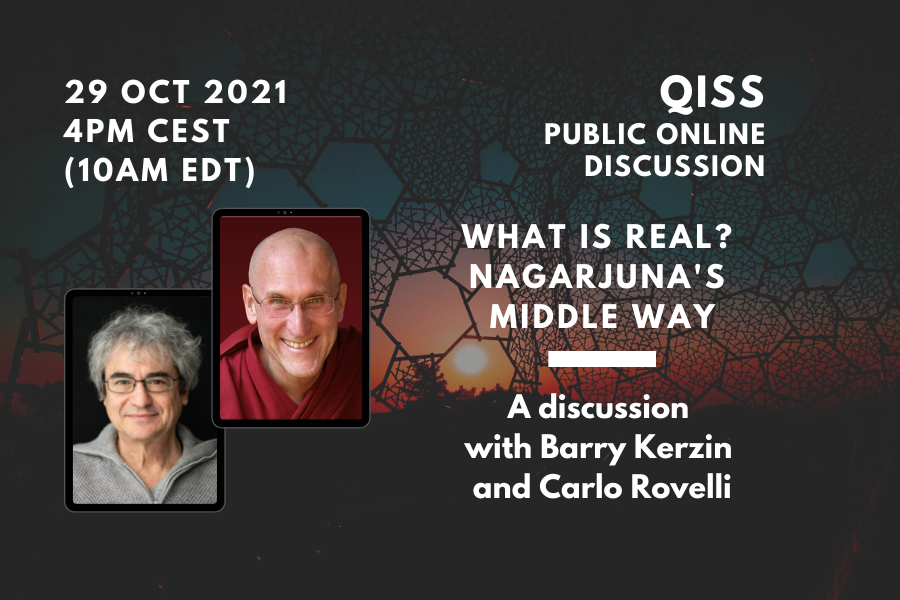The ZX-calculus, and the variant we consider in this paper (ZXH-calculus), are formal diagrammatic languages for qubit quantum computing. We show that it can also be used to describe SU(2) representation theory. To achieve this, we first recall the definition of Yutsis diagrams, a standard graphical calculus used in quantum chemistry and quantum gravity, which captures the main features of SU(2) representation theory. Second, we show precisely how it embed within Penrose’s binor calculus. Third, we subsume both calculus into ZXH-diagrams. In the process we show how the SU(2) invariance of Wigner symbols is trivially provable in the ZXH-calculus. Additionally, we show how we can explicitly diagrammatically calculate 3jm, 4jm and 6j symbols. It has long been thought that quantum gravity should be closely aligned to quantum information theory. In this paper, we present a way in which this connection can be made exact, by writing the spin-networks of loop quantum gravity (LQG) in the ZX-diagrammatic language of quantum computation.

